…Mr. Saturday night special / Got a barrel that’s blue and cold / Ain’t good for nothin /But put a man six feet in a hole…. Man, when Lynyrd Skynyrd makes a song about you, you know you’ve made it. The term Saturday Night Special is an interesting one for the gun world. When I say the term, you likely picture a particular type of gun, and the one you picture is likely different from the one that I do. It’s a type of firearm mired in controversy and the term echos off the walls of Congress and in the mouths of anti-gunners everywhere.
It’s also such a popular and widely-used term that Lynyrd Skynyrd made a song about it, and in 1994 someone used it to name a movie. Multiple books have conjured the name and it’s a name that sticks. We are doing a deep dive into the Saturday Night Special in a two-part series covering the origins, the controversy, and the legislation generated by these hot little pistols.
What’s a Saturday Night Special?
I suppose it’s important that we define the term before we start this massive deep dive. Well, sadly, I can’t. Saturday Night Special is a nebulous term, much like ‘assault weapon’. It’s a term of convenience used by the anti-gun crowd to condense multiple handguns under one banner.
I can say that the term seemingly only ever applied to handguns. In particular, it’s aimed at affordable handguns of a small caliber. The earliest ones were imported from overseas, but plenty of American-made handguns are classified as Saturday Night Specials. They can be both revolvers and automatics. Two of the defining features of this term are handguns and cheap. If it’s a cheap handgun, it is likely to be considered a Saturday Night Special.
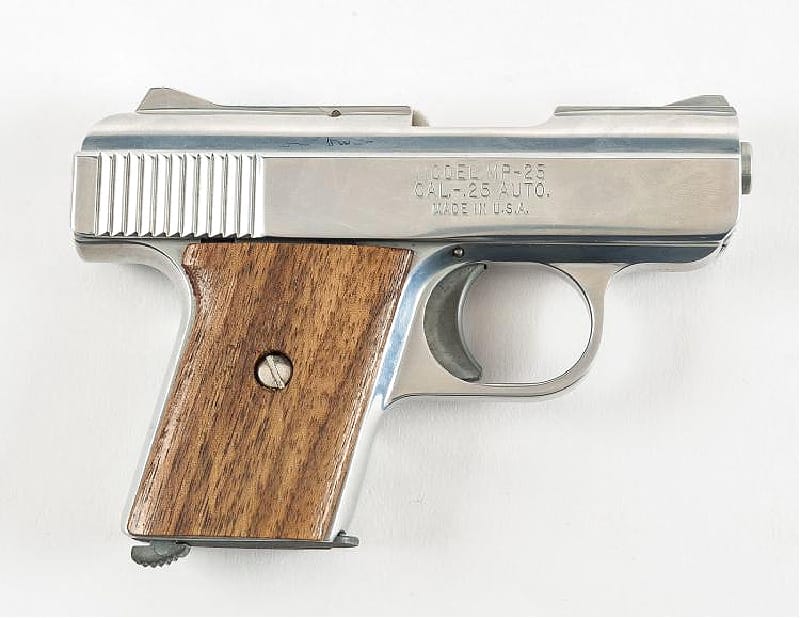
On the revolver front, they tend to be double-action revolvers in small calibers. Automatics tend to be blowback operated, small caliber pistols. Blowback guns are fairly easy and cheap to make and work well with small calibers. They are often made from cheap metals, commonly ‘powder cast’ metals.
What’s in a name?
The term popped up as early as 1917 in a small town in southeast Kansas. The Coffeyville Daily Journal ran a series of notes about a fair that came to town:
“Special Officer Vaughn this morning arrested two young men giving the names of Ed Norville and Kelly Tipton at the fairgrounds for gambling. They were caught shooting craps at the park with a paid (SIC) of “loaded dice.” When searched, young Norville was found to be carrying a “Saturday Night Special,” or in other words, a cheap revolver…..“
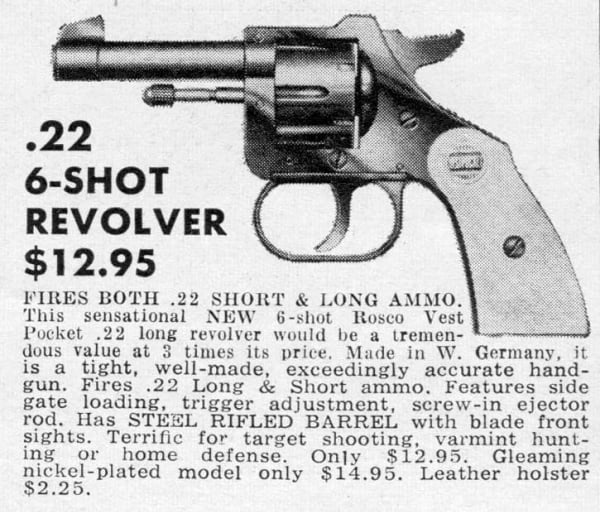
In his 1973 book The Saturday Night Special, Robert Sherrill claims the name comes from Detroit. Specifically, because these firearms are sold to “Satisfy the passions of Saturday night.” Detroit police began referring to them as Saturday Night Specials, and the term caught fire.
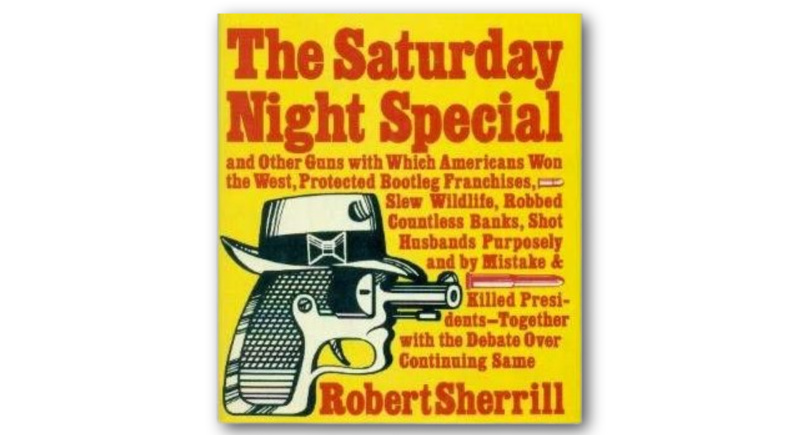
Although the widespread use by Americans came in the mid to late 1960s, it popped up in the New York Times and was a major part of the 1968 Gun Control Act.
Early History Of The Saturday Night Special
Ever since the production of firearms began, people have tried to produce cheaper variants. This is nothing new. Poor people have always existed and still needed to be armed. While everyone knows the old Colt, S&W, and Remington revolvers, it’s worth noting those were expensive weapons. We know them because they worked well and when we say, “They don’t make them like they used to.” We are just dealing with survivorship bias.
You might know Colt, but do you know Hopkins and Allen? They were well known for their cheap, small caliber revolvers. Iver Johnson had the same reputation. The Sharps pepperbox sold for a mere 5.75. They produced simple, cheap little guns for those who couldn’t afford the Colts, S&Ws, or Remingtons out there.
While cheaper guns have always existed, the weapons we consider Saturday Night Specials come from the 1960s and beyond.
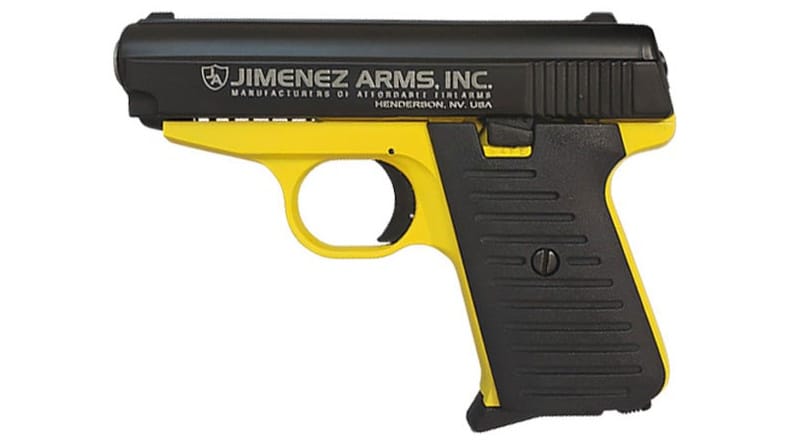
The earliest Saturday Night Special guns swam to the US. By that, I mean they were imported. Specifically, Germany produced and exported a wide variety of cheap revolvers. In the 1950s, Germany was going through the “Wirtschaftswunder,” or the economic miracle. World War 2 had just ended, and Germany had been torn to pieces. Literally, West and East Germany were separate countries.
Enter Rohm
West Germany doubled its exports due to the Korean War and a global shortage of goods. It was a great time to start a business, or well, restart a business in this case. Heinrich Röhm founded RÖHM GmbH in 1909, and they became quite successful in producing chucks. In fact, in 1940, they had a conveyor belt and were said to be the most modern and efficient factory in the industry.
Then World War 2 hit. Americans occupied the factory, but once the maps were drawn, they fell to Eastern Germany. The company was nationalized, and in 1946, the family moved to West Germany and started over. First, making toys out of scrap, but they quickly grew into multiple facets, including revolvers. The produced revolvers as Röhm Gesellschaft.
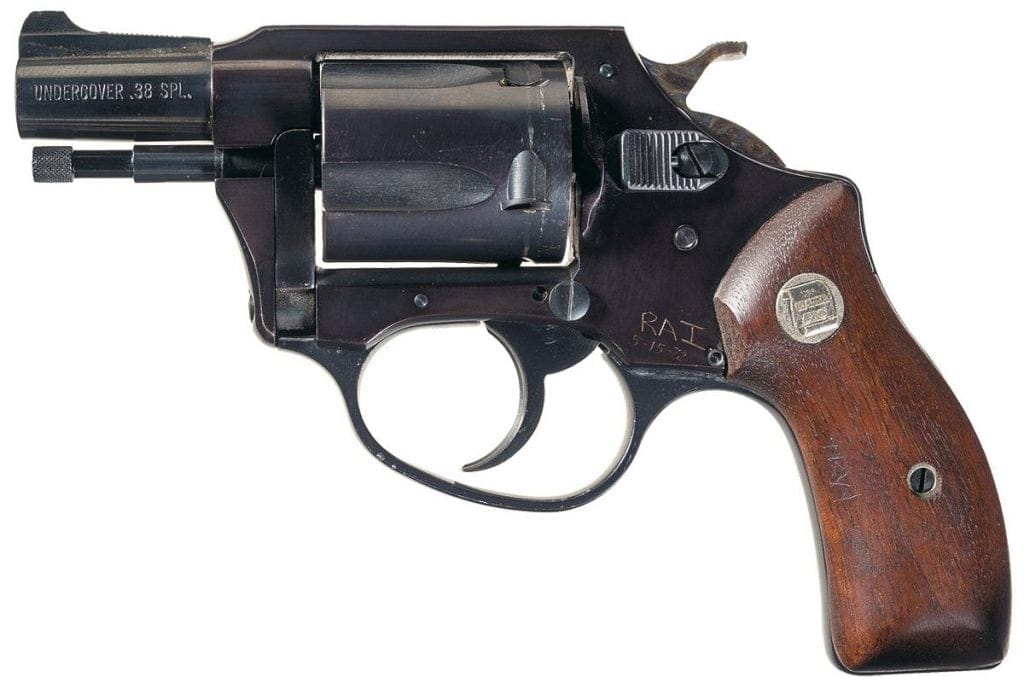
They produced RG revolvers like the RG 14 and RG 10 models. West Germany as a whole became one of the largest importers of firearms into the United States. However, not all were Saturday Night Specials. Rohm guns certainly fit the bill and were targeted extensively.
By the 1980s, Rohm became RG Industries in the states and opened up shop assembly firearms from parts and pieces imported overseas. They were the fifth-largest handgun producer in 1981.
Anti-Gunners Do their Anti Gun Thing
This ‘flood’ of cheap guns from overseas made handguns available to the poorest of people. Some of these Rohm revolvers were selling for as little as five bucks in the early 1960s. That’s the equivalent of about 50 dollars today. Affordable guns are popular guns, and they sell like hotcakes.
This didn’t sit right with two different groups of people. The first was the anti-gun crowd. They didn’t want more guns out there regardless of their price. The second group was racists and classists who didn’t want to see poor blacks, poor whites, or immigrants armed. These two groups banded together to pass a little something called the Gun Control Act of 1968.
In Part 2, we’ll explore the GCA, as well as historic and modern laws aimed to disarm the poor. We’ll also explore the claim that criminals seemed to prefer the Saturday Night Special and some high profiles examples of these guns in crime.

